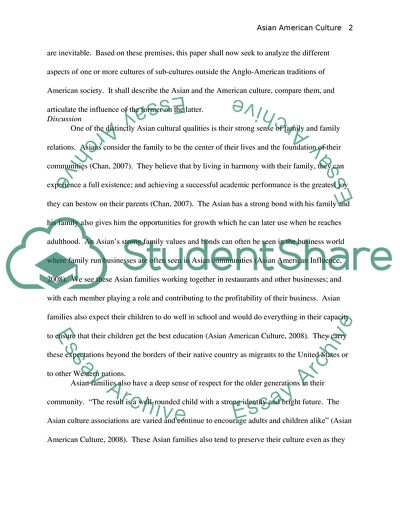Cite this document
(“Asian American Culture Research Paper Example | Topics and Well Written Essays - 2250 words”, n.d.)
Retrieved from https://studentshare.org/miscellaneous/1568979-asian-american-culture
Retrieved from https://studentshare.org/miscellaneous/1568979-asian-american-culture
(Asian American Culture Research Paper Example | Topics and Well Written Essays - 2250 Words)
https://studentshare.org/miscellaneous/1568979-asian-american-culture.
https://studentshare.org/miscellaneous/1568979-asian-american-culture.
“Asian American Culture Research Paper Example | Topics and Well Written Essays - 2250 Words”, n.d. https://studentshare.org/miscellaneous/1568979-asian-american-culture.


